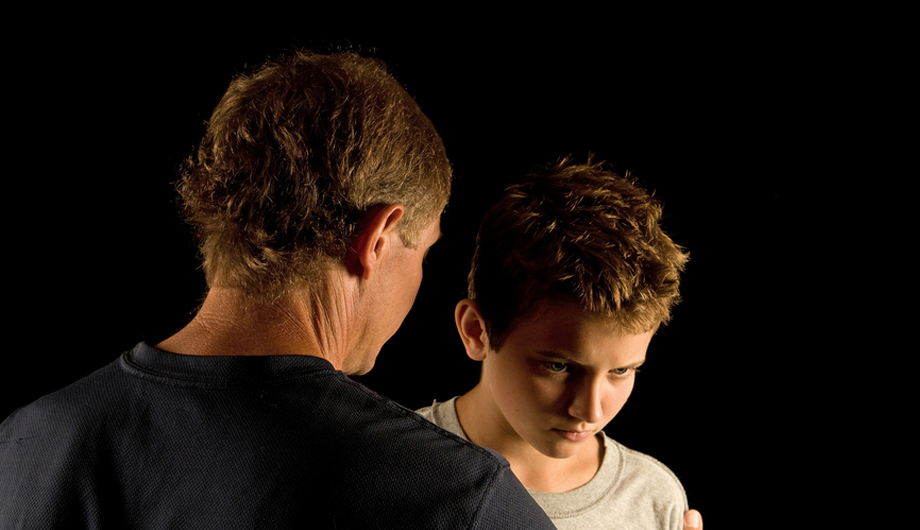Most parents do not venture to entertain the thought that sexual abuse could occur between their children and the truth is that most families do not experience sexual abuse in the family. A survey of eight hundred college students reported by David Finkelhor in Journal of Marriage and Family Counseling concluded that approximately 15% of females and 10% of males reported being sexually abused by a sibling during their childhood.
When the unspeakable happens, parents need to be proactive in assuring that each child involved receives the help needed to recover. Unfortunately, in some cases, sex abuse between siblings gets ignored, covered-up and is left to create lasting emotional scars that can taint young lives permanently.
Caffaro & Conn-Caffaro (1998; 2005) define sibling sexual abuse as sexual behavior between siblings for which the victim is not developmentally prepared, which is not transitory, and which does not reflect age-appropriate curiosity. It may or may not involve physical touching, coercion, or force.
According to Ryan, G. (2005) 40% of all juvenile-perpetrated child sexual abuse is perpetrated in sibling relationships. In another words, nearly half of juvenile sex offenders committed an offense against a young sibling and rather than a victim outside of their home. Youth who sexually offend a younger sibling may be prosecuted in a juvenile court system. Often times, these teens are required to complete a sexual offenses treatment program and in some cases, the court requires that the teen sexual offender be placed outside the family home to assure the safety of the victim.
In many cases, the sexual offense treatment programs are run by the county or state governments. Private treatment options for families are few and far between. STAR Guides was founded for the purpose of providing families with additional options when sexual abuse occurs within the family setting. Listed below are three reasons to consider STAR Guides:
- Separation of the offender and the victim. In many cases, it is necessary that the offender and the victim are separated while the situation is thoroughly assessed and treatment can begin. Typically, it is the offender that should leave the home rather than the victim. STAR Guides offers a 60-90 day out-of-home placement providing additional options beyond foster care, proctor care or a state run treatment program that are traditionally provided by the state.
- Assessment and evaluation of the offender. A comprehensive psycho-sexual assessment is conducted while the teen is in the program that includes the compilation of a sexual history that is verified with a therapeutic polygraph. This allows for the full disclosure of the details of the sexual offense so that no secrets remain and the family can begin to heal with the truth being known by all. The psychosexual evaluation also provides specific recommendations for the needs of the offender moving forward upon completion of the program.
- A Wake up call and life changing experience for the teen offender. For teens who have sexually offended, we hold a strong belief there is no better way to send a “Wake Up” call that behavior change is needed than being placed in a wilderness setting. The young offender is required live in a primitive fashion away from all modern amenities. In this setting, everything becomes an issue that requires effort. The experience quickly becomes the most demanding and emotionally growing experience the teen has ever encountered. The wilderness program creates a life-changing experience that is far more impactful than placement in detention or in a foster home.

